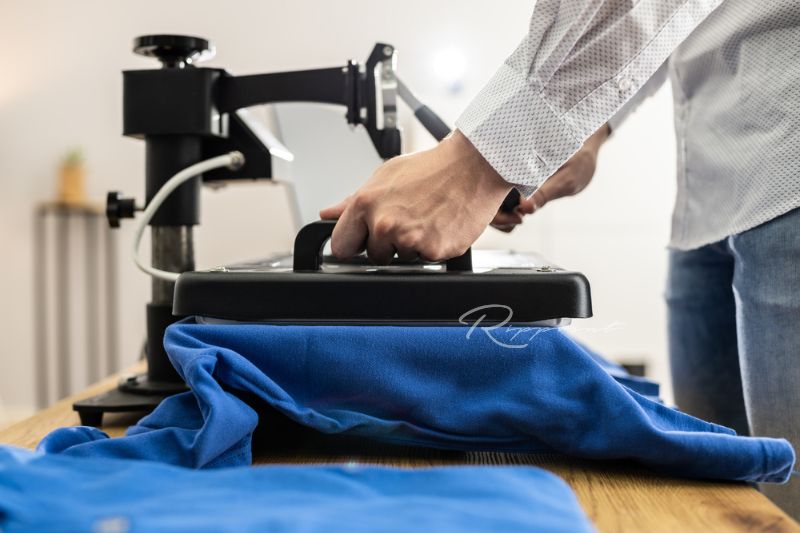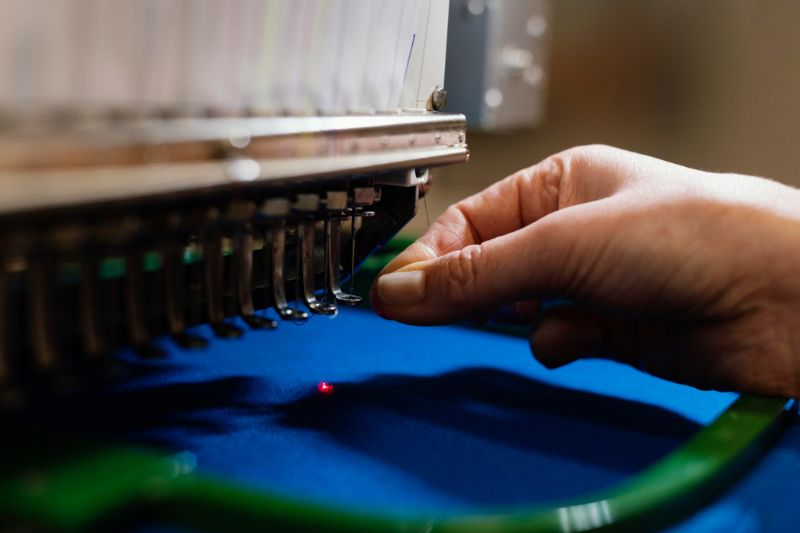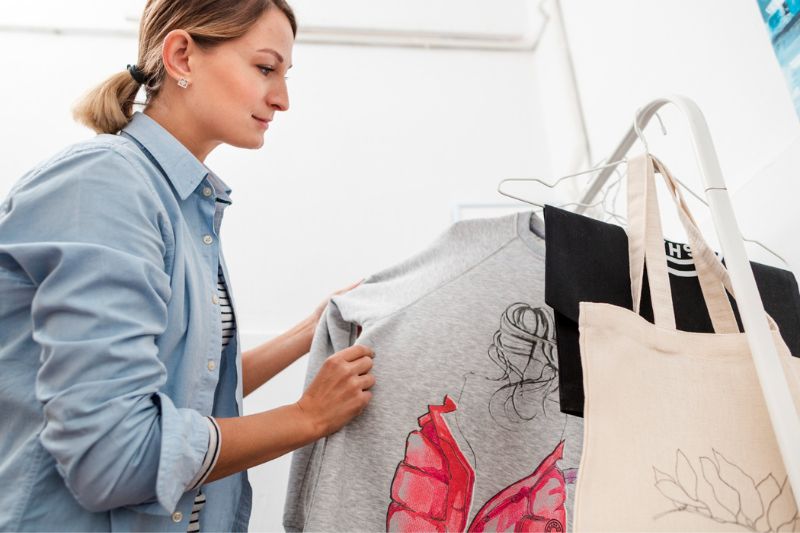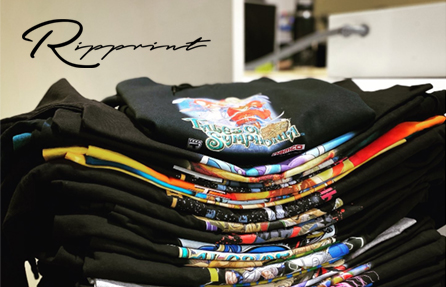Screen printing and custom embroidery screen printing have long been mainstays in the market for promotional goods and customized clothing. These methods provide a special fusion of robustness, adaptability, and visual appeal for everything from business uniforms to sports team jerseys and personalized products. We’ll go into the complex procedures of screen printing and custom embroidery in this blog post, as well as look at some of its uses and how both individuals and companies can profit from these age-old methods.
The Craft of Custom Embroidery
What is Custom Embroidery Screen Printing?
Using a needle and thread, custom embroidery entails sewing motifs into fabric. For millennia, people have adorned clothing, accessories, and home goods with this method. Embroidery machines have completely changed the procedure in the modern era, making it possible to make detailed and exact designs quickly.
The Embroidery Process
Digitization of the Design: The initial stage of custom embroidery involves transferring the intended design into a digital file that the embroidery machine can understand. We call this process “digitalization.” It entails laying up the pattern in stitches, taking into account variables like density, direction, and kind of stitch.
Material Selection: Thread and fabric selection are very important. The final product’s texture and color brilliance can be influenced by the type of thread used, and different textiles react to embroidery in different ways.
Hooping: To keep the fabric taut while stitching, it is subsequently fastened in a hoop. A precise, distortion-free stitching of the design is guaranteed by proper hooping.
Stitching: Using the digital design as a guide, the embroidery machine sews the pattern onto the fabric. To make sure the design is aligned and the thread doesn’t break, this phase needs to be closely watched.
Final Touches: The cloth is taken out of the hoop and any extra threads are cut when the sewing is finished. To give the finished product a polished appearance, extra processes like ironing and trimming the backing material may be required.
Applications of Custom Embroidery
Custom embroidery is widely used in various industries:
Corporate branding: To increase brand awareness, companies frequently embroider their insignia onto caps, uniforms, and promotional products.
Sports Teams: Team jerseys and headgear commonly have embroidered logos and player names.
Fashion: Stitching is a technique used by designers to give minute details to apparel and accessories.
Gifts for the Individual: Towels, purses, and clothing with monograms make great kind and unique presents.
The Screen Printing Process
What is Screen Printing?
In screen printing, sometimes referred to as silkscreen printing, a printed design is produced by pressing ink through a mesh screen that has been stenciled. It’s a well-liked technique for creating vivid and durable prints on a range of materials.
The Screen Printing Process
Design Preparation: Custom embroidery screen printing begins with a design, much like embroidery does. Typically, a computer is used to develop the pattern, which is then printed onto a transparent film.
The process of creating a screen involves applying a light-sensitive emulsion to a mesh. Both the screen and the translucent film bearing the design are exposed to light. Except for the areas where the pattern blocks the light, the emulsion hardens, leaving a stencil on the screen.
Setting Up the Screen: After that, a printing press is mounted with the screen. T-shirts or other materials to be printed on are laid on the press beneath the screen.
Application of Ink: After applying ink to the top of the screen, the ink is pressed onto the material by pressing it through the mesh stencil using a squeegee. A different screen and application procedure are needed for every color in the design.
Curing: To guarantee endurance, the ink must be cured, or dried and set, after printing. Usually, a heat press or conveyor drier is used for this.
Applications of Screen Printing
Screen printing is adaptable and suitable for many different kinds of products:
Clothing: Screen printing is a popular method for promoting events, businesses, and companies on t-shirts, hoodies, and other clothing items.
Posters & Art Prints: Screen printing is a common technique used by artists to create premium, limited-edition prints.
Signage: Screen printing can be used to make colorful, long-lasting signs.
Promotional Products: Custom designs can be screen printed on bags, mugs, and other merchandise.
Benefits of Custom Embroidery and Screen Printing
Screen printing and custom embroidery both have special advantages that make them appropriate for various uses.
Custom Embroidery Benefits:
Durability: Embroidered designs exhibit exceptional durability and resistance to abrasions.
Professional Appearance: Embroidery gives clothing a refined, professional touch.
Texture and Depth: The stitching adds visual appeal by giving the piece a textured, three-dimensional appearance.
Screen Printing Benefits:
Vibrant Colors: Colors produced by custom embroidery screen printing are strikingly brilliant and vibrant.
Cost-effective for Large quantities: It is a cost-effective option for large quantities, which makes it perfect for goods and promotional events.
Versatility: Textiles, paper, and plastic are just a few of the materials that may be screen printed on.
Choosing Between Embroidery and Screen Printing
The type of design, the material, and the intended use of the product are some of the criteria that influence the decision between screen printing and custom embroidery.
Design Complexity: Embroidery is frequently a better option for simpler, more traditional designs, whereas screen printing may be more appropriate for more complex, multicolored designs.
Material: Screen printing is preferable for t-shirts and other lightweight textiles, whereas embroidery works well on thicker fabrics like polos, jackets, and caps.
Order Size: Screen printing may be more affordable for larger orders. However, for smaller batches or when a high-end effect is needed, embroidery might be selected.
Conclusion
Custom embroidery screen printing is an effective method for producing individualized, premium goods. Both individuals and companies can make well-informed judgments to best suit their needs by being aware of the advantages and workings of each strategy. These time-tested methods provide countless opportunities for creativity and expression, whether your goals are to produce promotional goods, make distinctive fashion pieces, or increase brand awareness.





